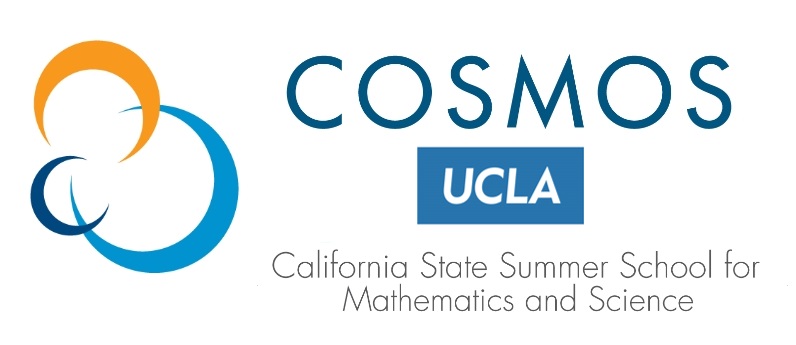California High School STEM Teachers – Fellowship Opportunities
COSMOS offers professional development opportunities for Current California high school STEM teachers to inspire and educate a strong STEM workforce. Chosen for their professional achievements and potential impact on the academic development of COSMOS students, Teacher Fellows serve as a vital pedagogical bridge between university faculty and the participating high school students. The TF consult with faculty on curriculum design, participate in all cluster academic activities, provide supplemental instruction, mentor students, and help supervise course projects. In addition to summer stipends, COSMOS offers up to 120 professional development hours upon request.
To apply, please send a CV to zolkin@ucla.edu
UC Undergraduate Student Summer Employment Opportunities
- Senior Resident Assistant (SRA)
- Resident Assistant (RA)
- Teaching Intern (TI)
The academic team for each COSMOS cluster is composed of UCLA teaching faculty, a current California high school STEM teacher (TF), a graduate student (TA), and a UC undergraduate student (TI). The TI position has an educational component; the selected undergraduate student for this position must be familiar with the topics covered by the cluster. Please read over the cluster descriptions before applying for the TI position, as there must be evidence that applicants have experience with the cluster subject matter.
Student Employment Questions & Inquiries, Please email: zolkin@ucla.edu
——————————
UCLA Faculty – CALL FOR NEW CLUSTERS SUMMER
To submit a proposal for new cluster: please send an inquiry email to: zolkin@ucla.edu
*** New proposals will consist of the following information:
1. A description of the proposed cluster, similar to those found on the UCLA COSMOS website. See the most recent clusters at: cosmos.ucla.edu This description, up to one page, should be suitable for posting on the website, and would tell students what they could expect to learn. Note that Clusters are generally organized into two or three courses, but there are no set rules.
2. Up to one additional page, describing course content that will be delivered over the month.
3. A list of faculty that would deliver the instruction, along with contact information.
